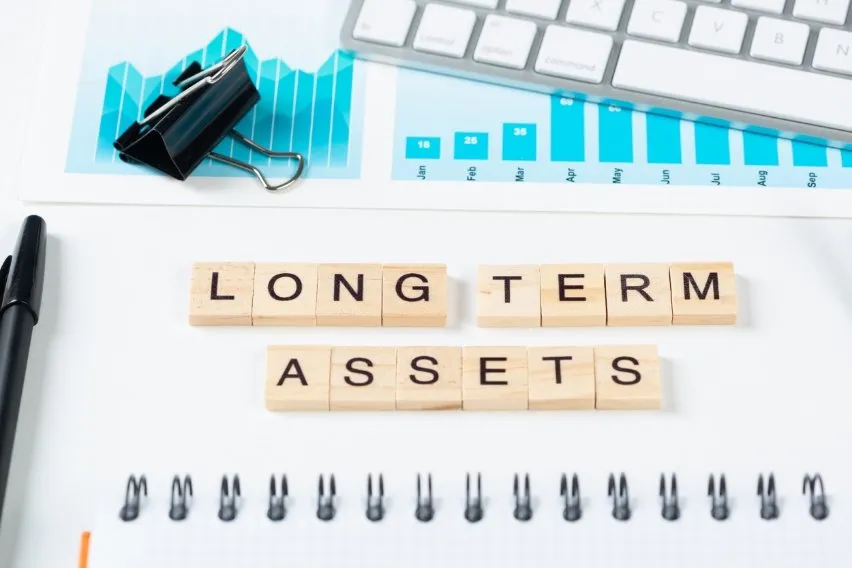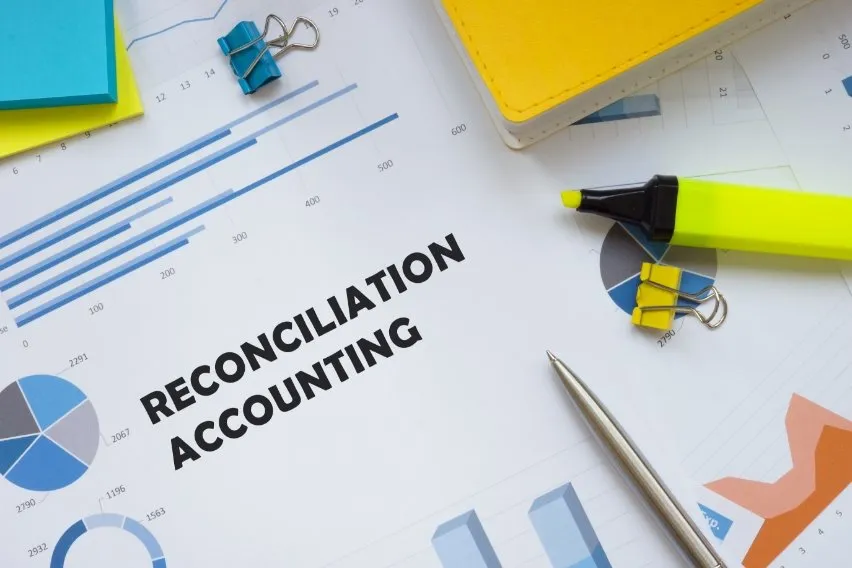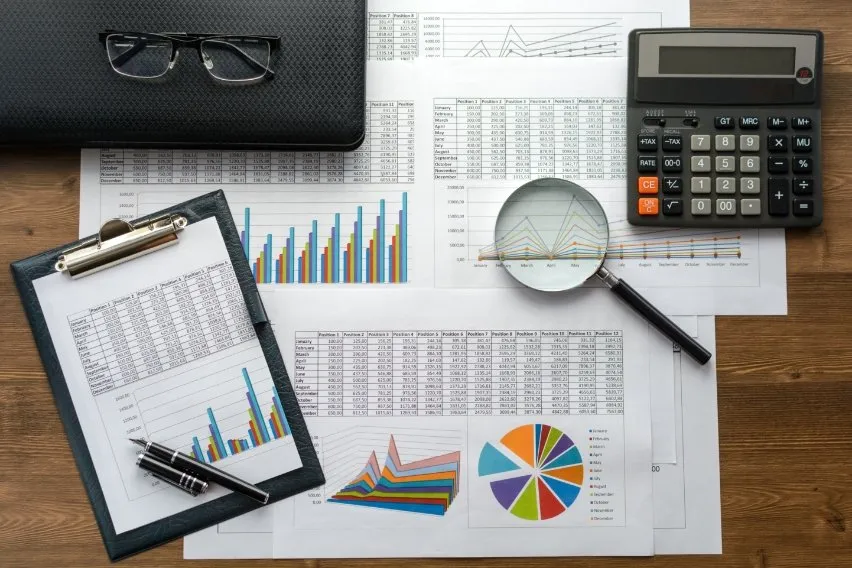Property, Plant, and Equipment (PP&E): A Complete Overview

Most companies will have a few physical assets that they need in order to function properly. Property, plant, and equipment (PP&E) are assets that are key to business operations. Companies set out to use them for the long haul to generate economic benefits.
Because they’re physical in nature, we refer to them as tangible assets. Most of them, with the exception of land, depreciate and tend to be difficult to convert into cash.
Read on to find out why PP&E plays such a vital part in a company’s spending plans, operations, and future expenses.
Table of Contents
What Is Property, Plant, and Equipment (PP&E)?
How Do You Calculate Property, Plant, and Equipment?
Measurement & Recognition of PP&E
What Is Property, Plant, and Equipment (PP&E)?
The term “property, plant, and equipment” (PP&E) refers to a company’s fixed long-term assets. These assets often have a lifespan that is at least 1 year or longer. They are physical assets that a business may find hard to cash in and sell.
PP&E assets come under the “noncurrent assets” umbrella. These are investments or assets that a company will consider as being necessary for the long haul. They are often crucial to making the company function in any meaningful way.
As mentioned, PP&E assets usually have a useful life of more than 1 year. However, they typically will last for many more years than that. Classic examples of PP&E include buildings, machinery, vehicles, and computers.
PP&E and Noncurrent Assets
There can be differences between PP&E and noncurrent assets. Property, plant, and equipment are non-current assets. But not all non-current assets are PP&E.
For example, let’s consider 2 intangible, non-physical assets like copyrights and patents. You would consider them to be noncurrent assets as they bring value to a business. But you wouldn’t easily be able to convert them to cash within a year.
You’d also consider long-term investments like bonds and debt arrangements as noncurrent assets. That is because a business would typically hang on to these assets for more than a single financial year.
PP&E refer to specific fixed, tangible assets. On the other hand, noncurrent assets are all the long-term assets of a business.
PP&E Formula
There is a generic formula to work out your Net PP&E. Let’s say your Gross PP&E is 1 million ZAR. You would add your capital expenditures to that figure. This could make a total of 1,2 million ZAR. You would then subtract accumulated depreciation, 100,000 ZAR, from that figure. The final Net PP&E would therefore be 1,1 million ZAR.
How Do You Calculate Property, Plant, and Equipment?
You should begin by getting hold of your balance sheet. Next, locate the gross PP&E. Add the total amount to capital expenditures. After that, subtract accumulated depreciation from the figure you have just calculated.
In the majority of instances, company accountants or bookkeepers will itemise the net PP&E of a company on the balance sheet. They tend to do this when submitting financial results. Doing so will also give you a calculation.
Net PPE = Gross PPE + Capital Expenditures – AD
Measurement & Recognition of PP&E
There may often appear to be grey areas when assessing whether an asset falls under the category of PP&E or not. Clarifying a few dependencies can help you to recognise an asset as PP&E.
It must, for example, be likely that the future financial benefits of the asset will cover a period of more than a year. You must also calculate the actual cost of the asset accurately.
The initial costs of a PP&E item should be the purchase price. That should include any import levies, non-refundable taxes, and discounts or rebates. You can also include any costs needed to bring the asset on site. You can incorporate any installation expenses too.
You may want to get rid of the asset if it no longer performs well or if you now rely on other comprehensive income. You may need to pay for a service to remove the asset. You might also have to restore the site where the company currently locates it. We refer to this as an asset retirement obligation (ARO) and you can include that when measuring your PP&E.
Depreciation of PP&E
One significant ingredient of the PP&E formula is depreciation. Depreciation lowers the value of PP&E on the balance sheet. The value of assets tends to decrease over time. This is often due to wear and tear and the reduction of an asset’s useful life.
The depreciation expense gets used to lower the value of the net balance. It flows into the income statement as an expense.
Derecognition of PP&E
The carrying amount of PP&E gets derecognised under certain circumstances. This could be when a company decides to dispose of certain PP&E.
It might also happen when a business expects no future economic benefits from its use. You must include the profit or loss from derecognition in your accounting processes.
Limitations of PP&E
Although PP&E are crucial to the long-term well-being of lots of companies, they are capital intensive. Companies occasionally sell off some of their assets. They may do this to raise cash and give their profit or net income a boost.
Investors need to monitor a company’s investments in PP&E carefully. They need to be mindful of any sale of fixed assets. Because PP&E are particular types of assets, any analysis of them wouldn’t include intangible assets like a company’s logo.
For example, Amazon’s trademark and brand name are huge intangible assets. If investors were to only look at Amazon’s PP&E, they wouldn’t get the real picture of the company’s assets. PP&E only makes up one part of a company’s assets. For companies with few fixed assets, PP&E is not always a useful measurement.
Example of PP&E
You would expect a large oil company to be capital intensive. So, it would be a useful example of a business that has invested in PP&E heavily. By taking a snapshot of an oil company’s quarterly balance sheet and financial planning, you would be able to see this investment in an instant.
You might see 150 billion ZAR in net PP&E for a particular quarter. The total listed assets might be 250 billion ZAR. That means PP&E makes up a significant portion of the company’s total assets. The PP&E would include vast fixed assets such as pipes, drilling equipment, and oil rigs.
An interesting exercise would be to compare such a company’s PP&E with a giant in the service sector. You would expect the latter to have far fewer PP&E assets. Yet both companies may be extremely profitable, and that’s not simply due to an asset’s future economic benefits.
Key Takeaways
Property, plant, and equipment (PP&E) are long-term, tangible assets that play a vital part in the business operations of a company. The intended use for PP&E is at least over 1 year.
Machinery, buildings, and vehicles are common kinds of PP&E. PP&E are physical items that a company may find hard to liquidate for a cash price equivalent.
PP&E purchases are a sign of confidence in the future outlook and profitability of a company. Big manufacturing companies are likely to invest heavily in PP&E. They may need large quantities of machinery to function.
Businesses that offer services are less likely to do the same. PP&E is therefore not always a useful metric of a company’s value.
FAQs on Property, Plant, and Equipment
Why Is Property, Plant, and Equipment Important?
One reason PP&E is important is that financial analysts look at a company’s PP&E to decide if it is on a sound financial footing. PP&E lets them see if a business is using funds in the most efficient way.
When a company invests in PP&E, investors see it as a good sign. Purchases of PP&E signal that the management team has faith in the long-term outlook of the company.
What Assets Constitute Property, Plant, and Equipment?
We refer to property, plant, and equipment as fixed assets. These are noncurrent assets that are long-term investments of a company. These physical and tangible assets have a useful life of more than a single year. Examples of such assets include buildings, drilling equipment, and machinery.
Is Inventory Considered Property, Plant, and Equipment?
Inventory is not considered PP&E. For instance, let’s say a company manufactures machinery that they sell. This machinery would not come under the umbrella of property, plant, and equipment. Instead, you would classify it as inventory.
RELATED ARTICLES



 What is Turnover in Business? Importance & Calculation
What is Turnover in Business? Importance & Calculation What is Reconciliation in Accounting?
What is Reconciliation in Accounting? Top 5 Free Accounting Software for South Africa
Top 5 Free Accounting Software for South Africa Drawings in Accounting: Definition, Process & Importance
Drawings in Accounting: Definition, Process & Importance Source Documents in Accounting: Definition, Importance & Types
Source Documents in Accounting: Definition, Importance & Types Cash Receipts Journal: Definition, Types, Pros & Cons
Cash Receipts Journal: Definition, Types, Pros & Cons